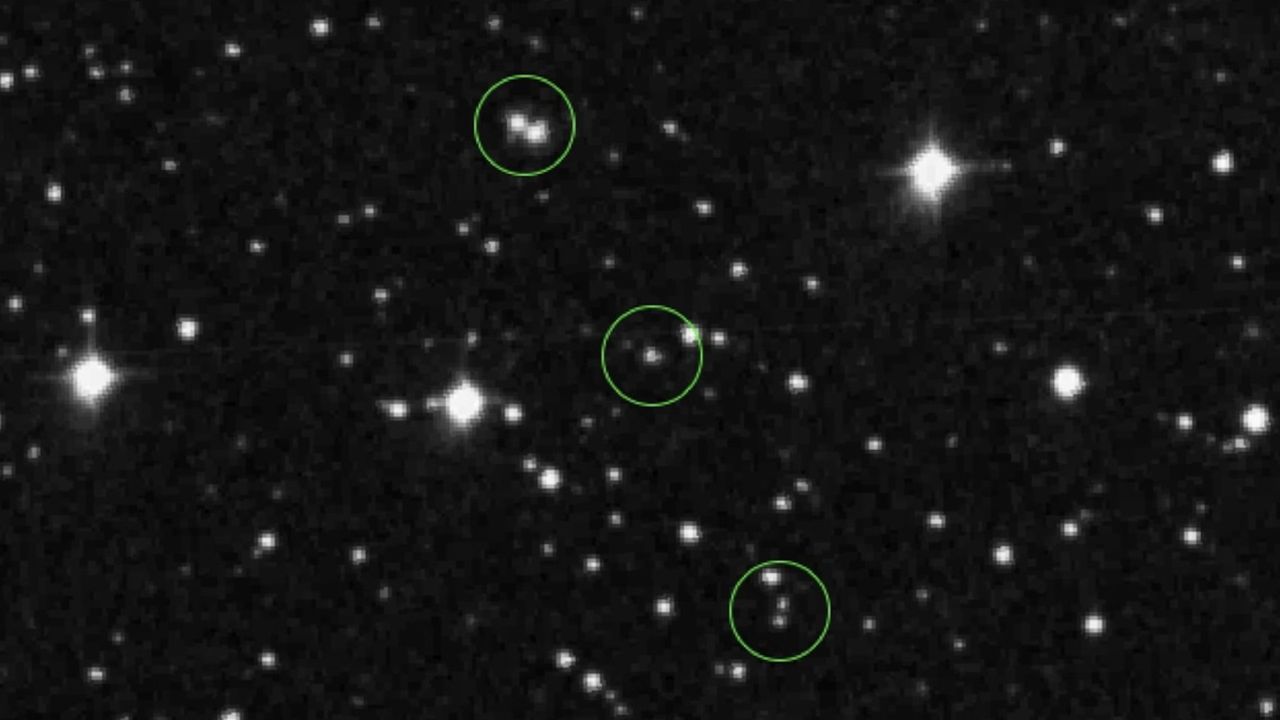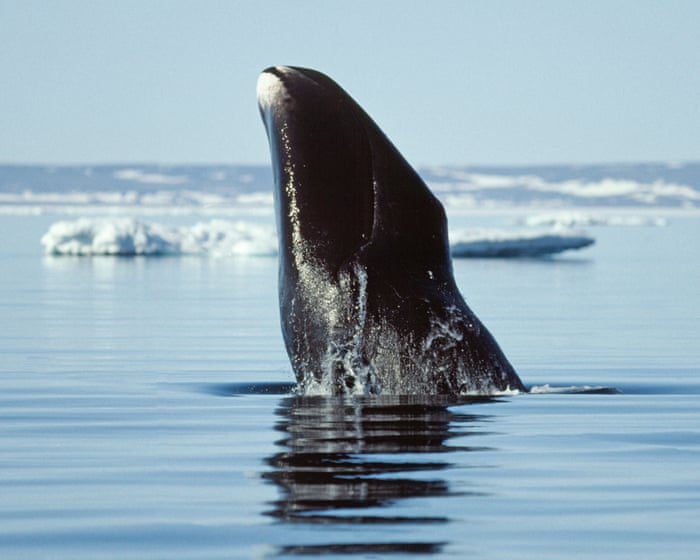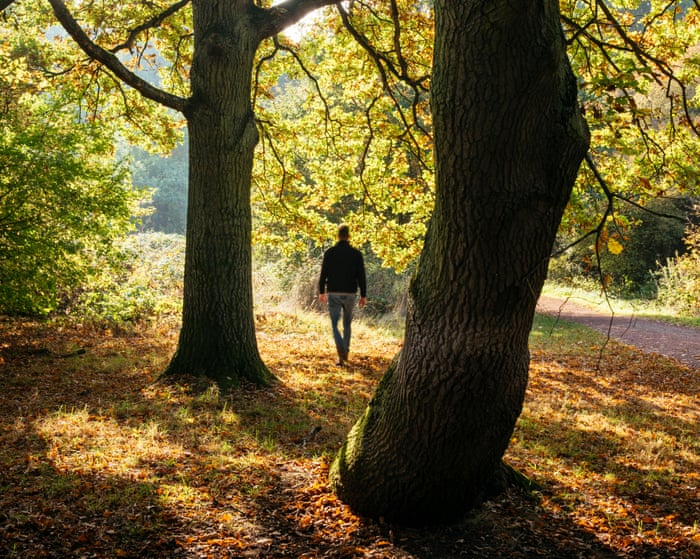Could these mysterious flashes of light in 1950s photos be UFOs? Some researchers think so
NeutralScience

Recent discussions among researchers suggest that mysterious flashes of light captured in 1950s sky surveys might be evidence of UFOs, potentially linked to nuclear tests conducted during that era. While this theory is intriguing, experts emphasize the need to consider more conventional explanations before jumping to conclusions. This exploration not only sparks curiosity about our past but also highlights the ongoing fascination with unidentified aerial phenomena.
— Curated by the World Pulse Now AI Editorial System









